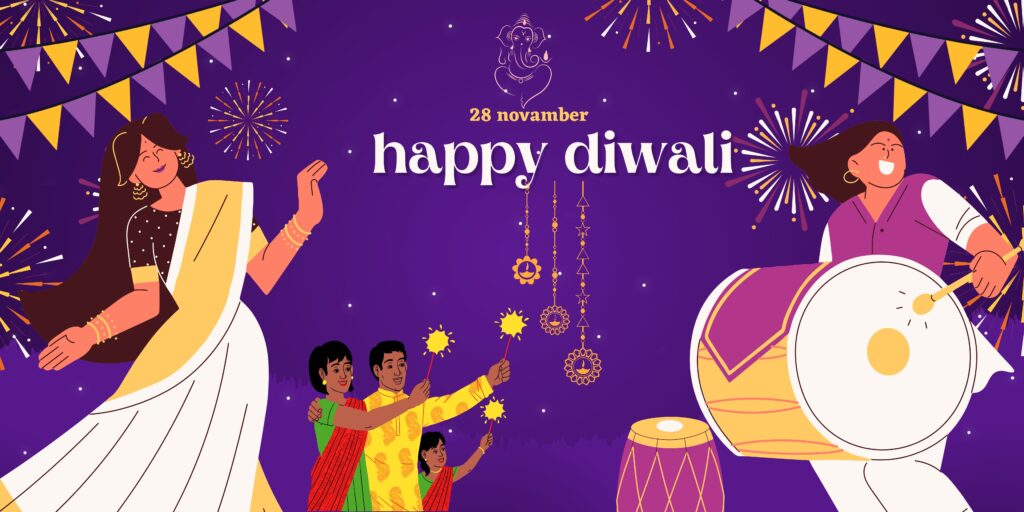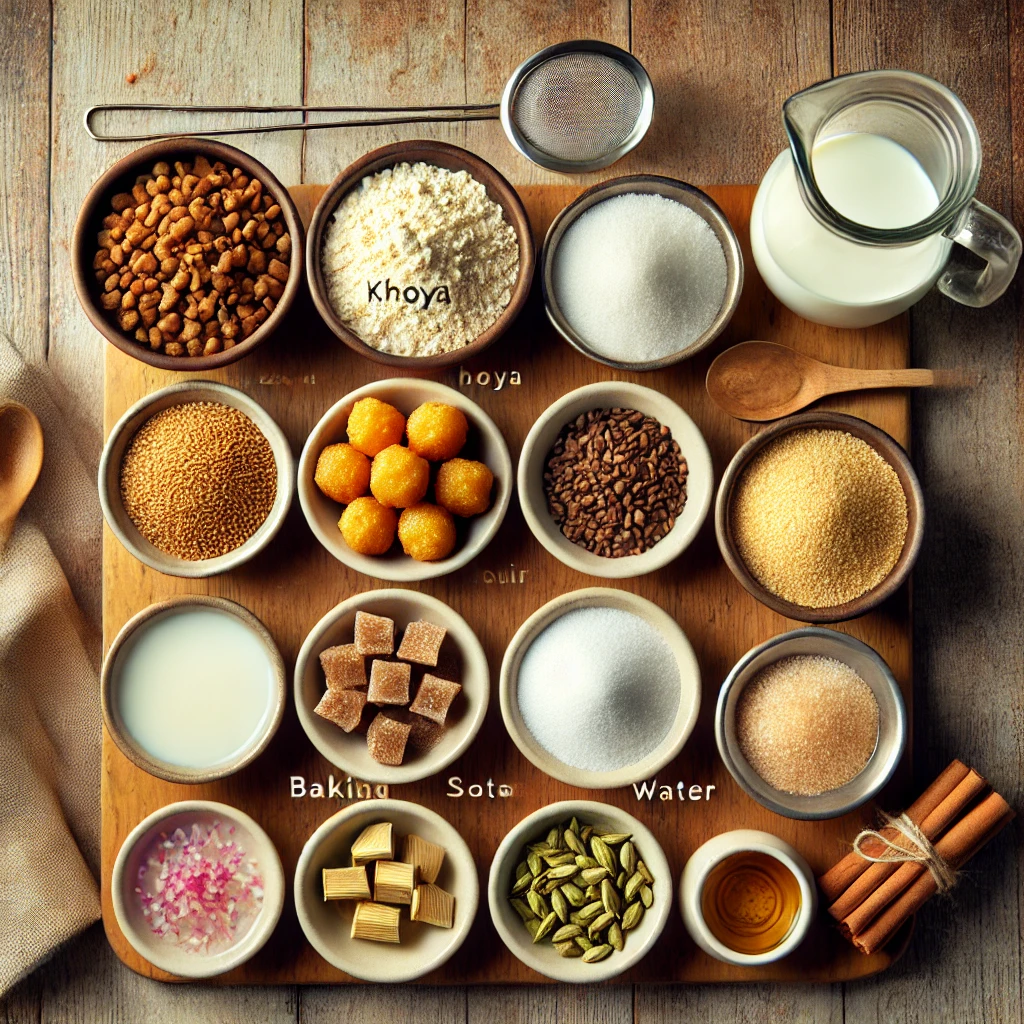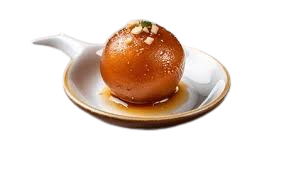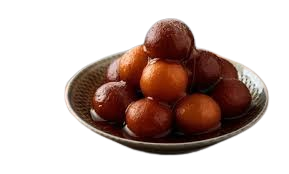diwali special gulab jamun recipe
waht is diwali
Diwali, also known as Deepavali, is one of the most cherished and vibrant festivals celebrated in India and by Indian communities worldwide. Known as the “Festival of Lights,” Diwali signifies the triumph of light over darkness, good over evil, and knowledge over ignorance. It is celebrated over five days, each with its own unique significance and rituals.
### Special Details About Diwali

1. *Historical Significance*: Diwali commemorates the return of Lord Rama to Ayodhya after 14 years of exile and his victory over the demon king Ravana. It also marks the day Lord Krishna defeated the demon Narakasura, and it is celebrated as the day of the goddess Lakshmi’s emergence from the ocean of milk.
2. *Spiritual Significance*: Diwali is a time for self-reflection, renewal, and new beginnings. It involves rituals to honor various deities, particularly Lakshmi, the goddess of wealth and prosperity, and Ganesha, the remover of obstacles. Homes are cleaned and decorated with lights and rangoli to welcome positive energy and prosperity.
3. *Cultural Celebrations*: Diwali is marked by lighting oil lamps (diyas) and candles, bursting fireworks, creating rangoli designs, exchanging gifts and sweets, wearing new clothes, and enjoying festive meals. It is a time for family gatherings and communal harmony.
diwali spacial pakwan or sweets
1.diwali spacial gulab jamun
Gulab Jamun is a popular Indian dessert made from khoya (dried milk) and flour, shaped into small balls and deep-fried until golden brown. They are then soaked in a sugar syrup flavored with cardamom and rose water. The combination of the soft, melt-in-your-mouth balls and the sweet syrup makes Gulab Jamun a delightful treat for special occasions and festivals.

Ingredients
For the dough:
- 1 cup khoya (dried milk)
- ¼ cup all-purpose flour (maida)
- ½ tsp baking soda
- 1-2 tbsp milk (as needed
For the syrup:
- 2 cups sugar
- 2 cups water
- 2-3 cardamom pods
- A few drops of rose water (optional)
Instructions
- Prepare the syrup: Boil sugar and water with cardamom until sugar dissolves. Add rose water and set aside.
- Make the dough: Mix khoya, flour, and baking soda. Add milk as needed to form a soft dough.
- Shape the balls: Divide into small portions and roll into smooth balls.
- Fry: Heat oil and fry the balls on low heat until golden brown.
- Soak: Place the fried balls in the warm syrup for a few hours.
Enjoy your homemade Gulab Jamun

“Indulge in the sweetness of tradition with every bite of Gulab Jamun!”


Here’s a vertical list of nice things about Gulab Jamun:
- Delicious Taste: Rich, sweet flavor with a soft texture.
- Popular for All Occasions: Loved on festivals, weddings, and birthdays.
- Simplicity with Elegance: Easy to make but tastes rich and special.
- Fragrance of Rose: Soaked in rose-flavored sugar syrup for added aroma.
- Variety of Types: Includes versions like Kala Jamun, Paneer Jamun, and dry fruit-stuffed ones.
- Simple yet Royal: Can be homemade yet found in luxurious dining settings.

Celebrate Diwali with our top-rated Diwali recipes that bring the festival’s essence to your kitchen. Discover a delightful mix of traditional Diwali sweets and savory snacks, perfect for festive feasting. Our collection includes easy-to-make, healthy options alongside classic treats, ensuring something for everyone. From rich and decadent mithai to quick and tasty namkeen, these recipes are crafted to deliver authentic flavors. Impress your guests with homemade Diwali delicacies that capture the spirit of this joyous festival. Whether you’re a seasoned cook or a beginner, our step-by-step guides make festive cooking a breeze. Elevate your Diwali celebrations with our expertly curated recipes, designed to bring happiness and warmth to your festivities. Explore the best Diwali recipes and create unforgettable culinary experiences for your family and friends. Make this Diwali truly special with our mouth-watering, traditional recipes.”
Diwali, also known as Deepavali, is one of the most significant and widely celebrated festivals in India. Its origins, meanings, and customs span centuries, making it a rich tapestry of cultural, spiritual, and social significance. Celebrated by millions across India and around the world, Diwali is a time of joy, reflection, and unity. Here’s a comprehensive look at the many dimensions that make Diwali such a cherished festival.
Historical and Mythological Significance
Diwali’s origins are rooted in various legends and myths, most prominently from Hindu traditions. One of the most popular stories is the return of Lord Rama to Ayodhya after a 14-year exile and his victory over the demon king Ravana. The people of Ayodhya lit lamps to welcome Rama, Sita, and Lakshmana, signifying the triumph of light over darkness and good over evil.
Another significant legend is related to Lord Krishna, who defeated the demon Narakasura, freeing 16,000 women from his captivity. This victory is celebrated as Naraka Chaturdashi, a part of the Diwali festivities. Additionally, Diwali marks the day when Goddess Lakshmi, the deity of wealth and prosperity, emerged from the ocean of milk during the churning of the sea (Samudra Manthan) by the gods and demons.
Religious Observances and Practices
Diwali is not just a Hindu festival; it holds significance for Sikhs, Jains, and Buddhists as well. For Sikhs, it marks the release of Guru Hargobind Ji from imprisonment, while Jains commemorate the attainment of nirvana by Lord Mahavira. Buddhists in Nepal celebrate Diwali as the day Emperor Ashoka converted to Buddhism and embraced the path of peace and enlightenment.
The festival spans five days, each with its own unique rituals:
* Dhanteras: The first day is dedicated to Dhanvantari, the deity of health and healing. People buy gold, silver, and new utensils, believing it brings good fortune.
* Naraka Chaturdashi: Also known as Choti Diwali, this day involves early morning rituals and the lighting of diyas to ward off evil spirits.
* Lakshmi Puja: The main day of Diwali is dedicated to Lakshmi, the goddess of wealth. Homes are cleaned and decorated, and families perform pujas (prayers) to invite prosperity and well-being.
* Govardhan Puja: This day commemorates the lifting of Govardhan Hill by Lord Krishna to protect villagers from torrential rains. Annakut, a mountain of food, is offered in temples.
* Bhai Dooj: The final day celebrates the bond between brothers and sisters. Sisters perform aarti for their brothers and pray for their well-being, while brothers give gifts in return.
Symbolism of Light and Darkness
The primary symbolism of Diwali revolves around light overcoming darkness. Lighting diy.
